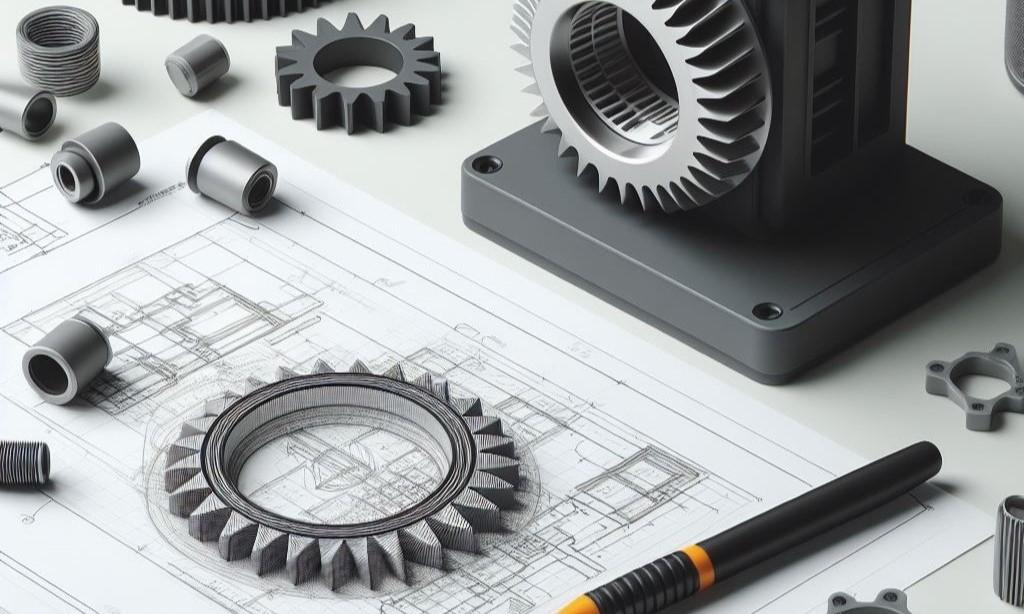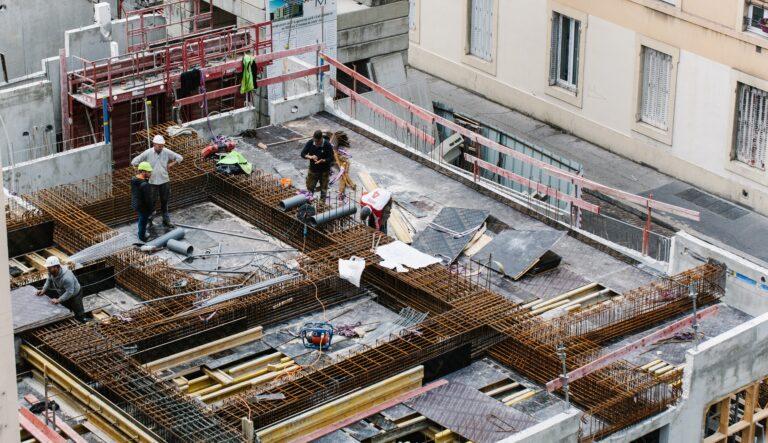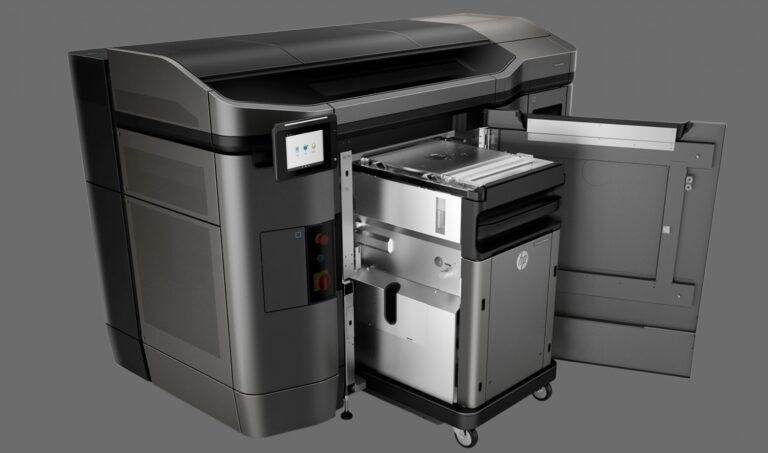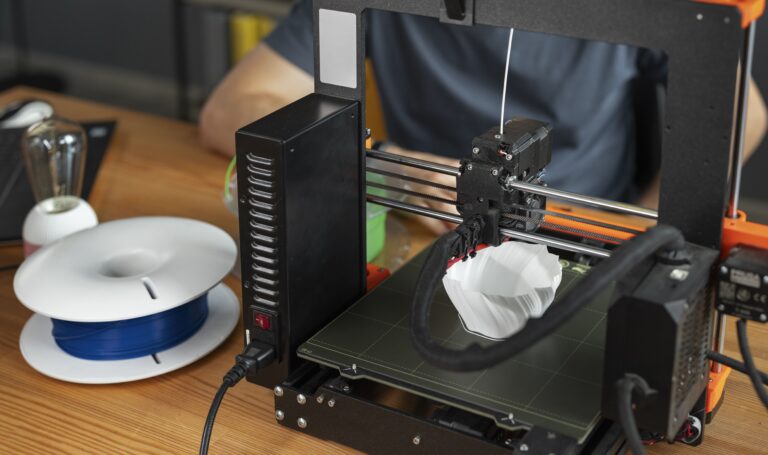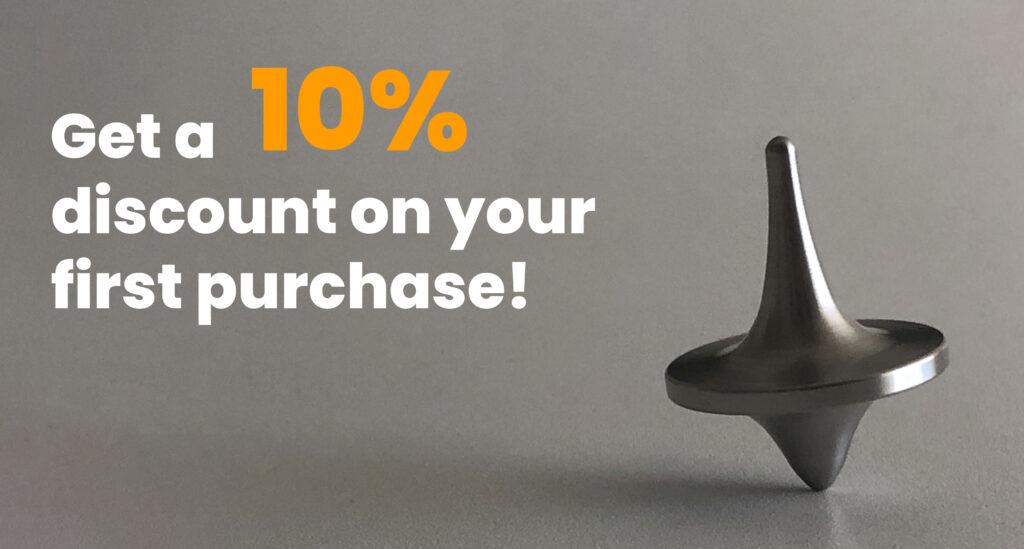Nowadays, 3D printing has fulfilled its promise as an end-use production method. This progress has been achieved through a variety of additive processes that provide functional products in various industries.
There are many examples: from automotive engine mounts to jet engine fuel nozzles, aircraft cockpit mounts, surgical tools and much more.
However, it is important to remember that 3D printing had its beginnings as a powerful tool for prototyping, and remains so to this day.
In this article we tell you about four ways in which 3D printing enriches product design:
Product design validation
In the early stages of product design and development, designers often use 3D printing to rapidly create prototypes that reflect the appearance and essential characteristics of the final product. This prototype, also known as a looks-like prototype, focuses on visual aspects and commercial appeal.
This is the stage where developers have the opportunity to get valuable and useful feedback from potential customers. In this way, errors can be corrected or minor modifications can be made.
Depending on the method and material used in prototyping, the possibilities are enormous. It is true that most of these parts are eventually manufactured by intention molding or other conventional methods, but the 3D printed prototype is of great help in the overall design development.
A clear example that shows the usefulness of 3D printed prototypes is the printing of transparent prototypes, so that when several designs are repeated, a clear model can show what is going on inside the part.
Fast and easy iteration
Thanks to additive manufacturing and its ability to print prototypes in a matter of hours or days, rather than weeks or months, designers can make faster iterations in the design process.
Therefore, 3D printing technology allows designs to be tested, refined and perfected more efficiently, often leading to higher quality end products.
Design flexibility and customization
Additive manufacturing allows the fabrication of parts with complex geometries that would be difficult or even impossible to achieve with other traditional manufacturing methods. This gives designers more freedom to explore innovative ways to optimize the functionality of their products.
On the other hand, it also facilitates mass customization, i.e. products can be tailored to the specific needs and desires of the consumer. This feature of 3D printing is especially useful in areas such as medicine, where customized implants and prostheses can be created to perfectly match the anatomy of each patient.
Cost reduction
For certain applications, 3D printing can be more cost-effective than traditional manufacturing methods, especially in cases of low-volume production or rapid prototyping. In addition, by eliminating the need for expensive tooling and molds, 3D printing can significantly reduce upfront product development costs.
In summary, 3D printing offers designers a number of tools and capabilities that can significantly improve the product design process, from conceptualization to final production.
At Proto&Go! we offer you the best service for the development of your parts and prototypes through additive manufacturing.
Request your quote now and receive a quotation in less than 24 hours!

